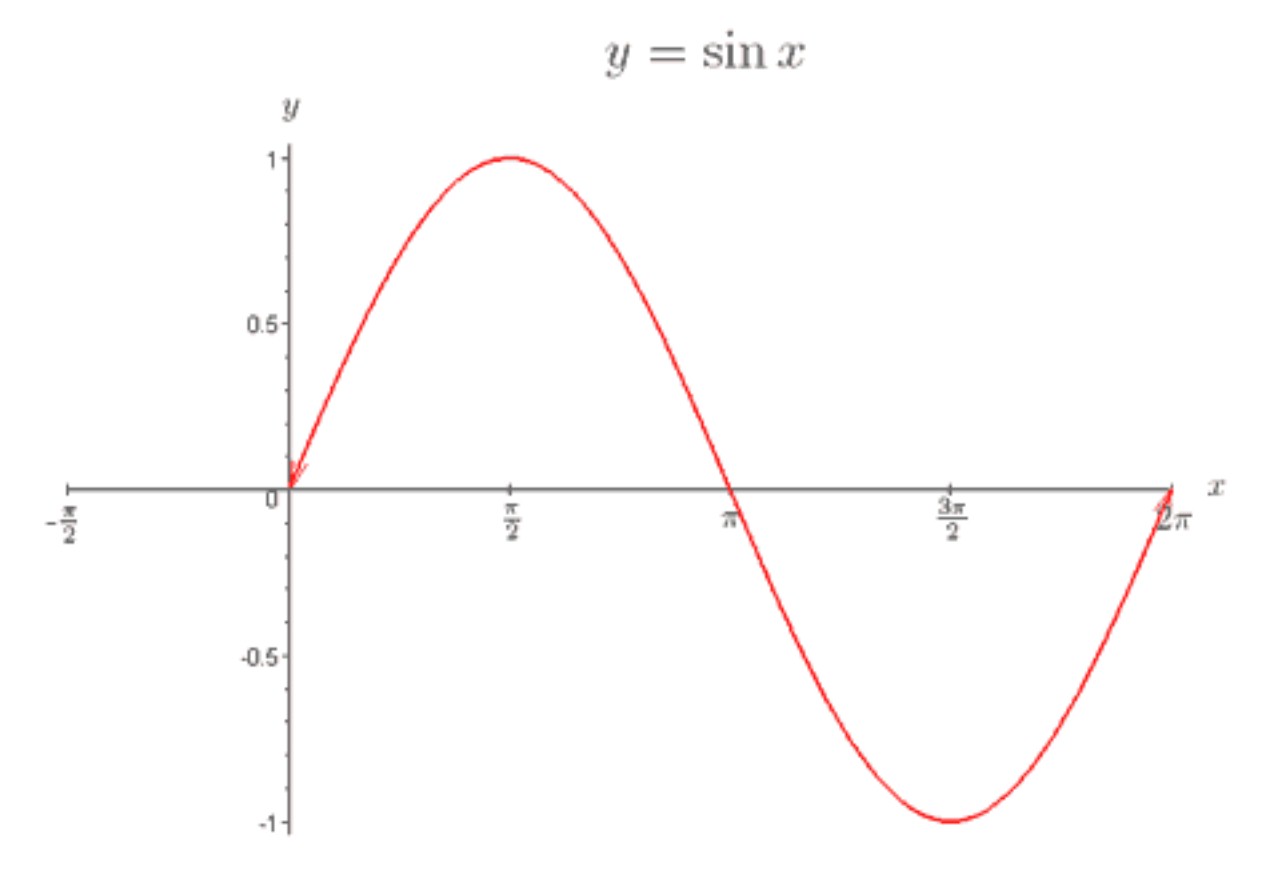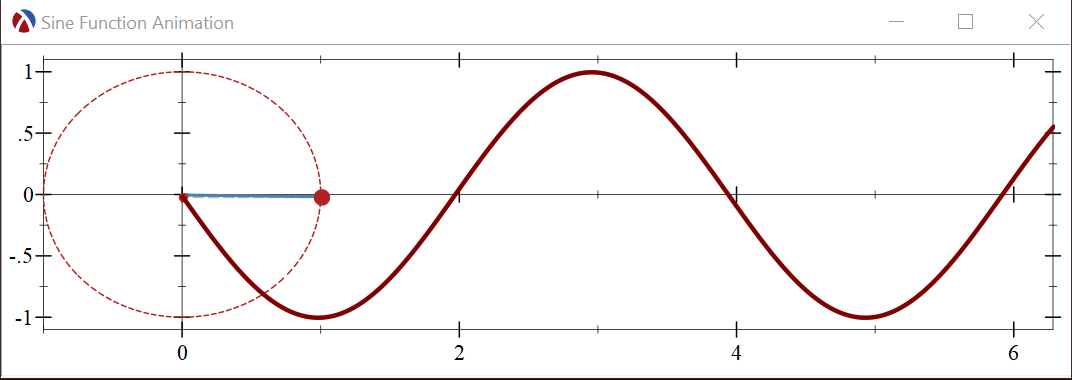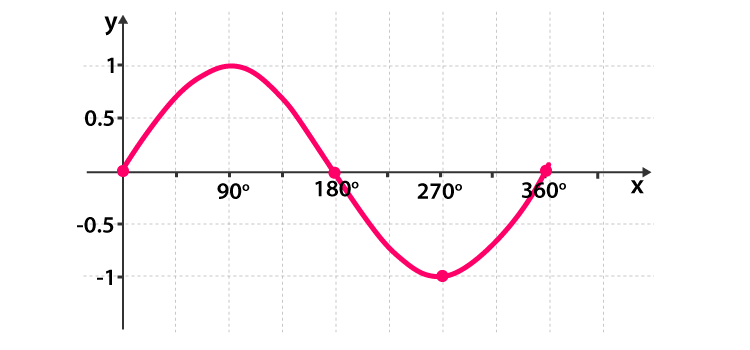Trig curve sine function
Table of Contents
Table of Contents
Have you ever wondered how to draw a sine graph? If so, you’re not alone. Many people struggle to create a clear and accurate sine graph, but it doesn’t have to be difficult.
When it comes to drawing a sine graph, some common pain points include understanding the sine wave function, knowing how to plot the points correctly, and visualizing the final graph. These challenges can be frustrating, but with a little guidance, anyone can create a beautiful sine graph.
The first step in drawing a sine graph is understanding the sine wave function. The sine wave function represents a periodic oscillation, such as sound waves or light waves. It is a function of time that repeats itself over a certain period. To draw a sine graph, you need to plot points on a Cartesian coordinate system that correspond to the values of the sine wave function for various points in time.
To plot the points correctly, you’ll need to know the amplitude, frequency, phase, and period of the sine wave. Amplitude refers to the height of the peaks and troughs of the wave, while frequency refers to the number of complete cycles the wave makes per unit of time. Phase refers to the starting point of the wave, and period refers to the length of time it takes for the wave to complete one cycle.
Personal Experience with Drawing Sine Graphs
When I first learned how to draw a sine graph, I struggled with understanding the wave function and how it related to the Cartesian coordinate system. However, after practicing with some examples and getting feedback from my instructor, I was able to grasp the concept and create accurate sine graphs.
The key to success was breaking down the process into manageable steps and focusing on each one individually. I also found it helpful to use visual aids, such as graph paper and illustrations of the wave function, to help me better understand the concept.
Common Mistakes when Drawing Sine Graphs
One common mistake when drawing sine graphs is failing to plot the points correctly. This can result in a distorted wave that does not accurately represent the underlying function. Another mistake is failing to label the axes and include a title for the graph, which can make it difficult for others to understand the purpose of the graph.
Tips for Drawing Accurate Sine Graphs
To draw an accurate sine graph, it’s important to first understand the sine wave function and its components. Then, plot the points correctly on a Cartesian coordinate system and use a consistent scale for both the x and y axes. Label the axes and include a title for the graph to make it clear and understandable.
Applications of Sine Graphs
Sine graphs have a variety of applications in physics, engineering, and mathematics. They are used to represent periodic phenomena such as sound waves, electrical signals, and ocean tides. Sine graphs can also be used to model complex systems and predict future behavior based on past data.
Personal Experience with Applications of Sine Graphs
As an electrical engineer, I use sine graphs regularly to analyze signals and predict future behavior of electrical systems. Understanding how to create and interpret sine graphs is essential to my work, and it has allowed me to solve complex problems and design effective solutions.
Question and Answer
Q: What is the period of a sine wave?
A: The period of a sine wave is the length of time it takes for the wave to complete one cycle.
Q: How is frequency related to the wavelength of a sine wave?
A: Frequency and wavelength are inversely proportional for a sine wave. As frequency increases, wavelength decreases, and vice versa.
Q: How can you calculate the amplitude of a sine wave?
A: The amplitude of a sine wave is equal to half the distance between the maximum and minimum values of the wave.
Q: What are some applications of sine graphs?
A: Sine graphs are used to represent periodic phenomena such as sound waves, electrical signals, and ocean tides. They can also be used to model complex systems and predict future behavior based on past data.
Conclusion of How to Draw Sine Graph
Drawing a sine graph may seem daunting at first, but with a little guidance, anyone can create an accurate and beautiful graph. By understanding the sine wave function and its components, plotting the points correctly on a Cartesian coordinate system, and labeling the axes and including a title, you can create a clear and understandable sine graph. Sine graphs have a variety of applications in physics, engineering, and mathematics, and understanding how to create and interpret them is essential to solving complex problems and designing effective solutions.
Gallery
Trigonometry, Part 7 – David The Maths Tutor
Photo Credit by: bing.com / sine graph graphs sin cosine mathsisfun trigonometry tangent
How To Draw A Sine Wave Curve In PowerPoint 2010

Photo Credit by: bing.com / sine onda sinusoidal senoidal desenhar amplitude bias tech
Trig Curve ~ Sine Function | Crystal Clear Mathematics

Photo Credit by: bing.com / sine function curve trig functions trigonometric sin graph periodic graphing cosine sinx graphs values example calculus numbers real biology domain
Plot Animations

Photo Credit by: bing.com / sine animation plot function animations gif frame start generated if
Trigonometric Graphs Grade 10

Photo Credit by: bing.com / sine graphs trigonometric transformations byjus graph trigonometry cosine quizizz







